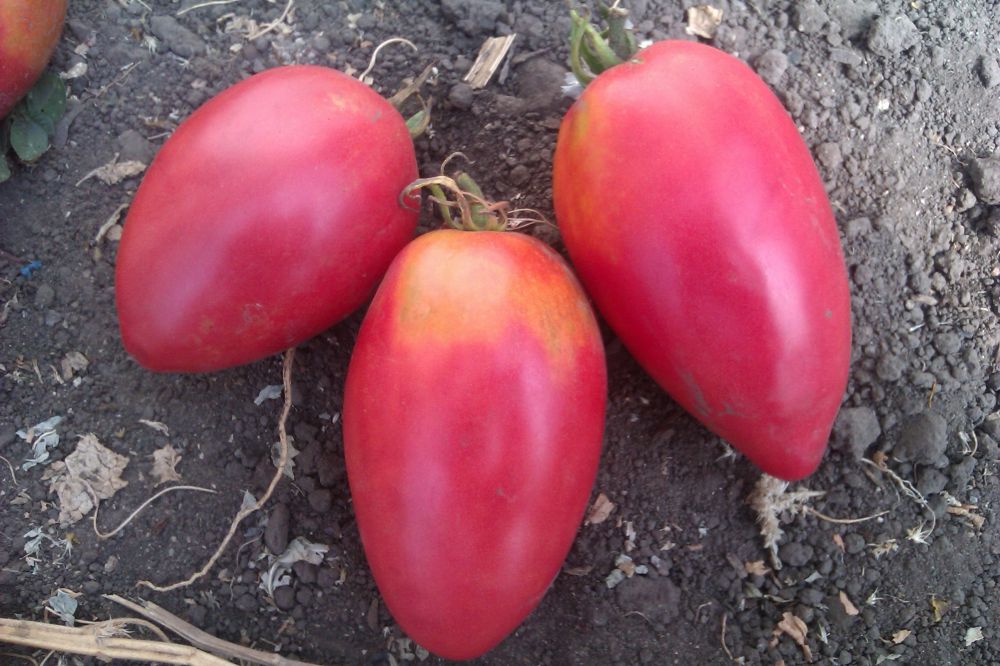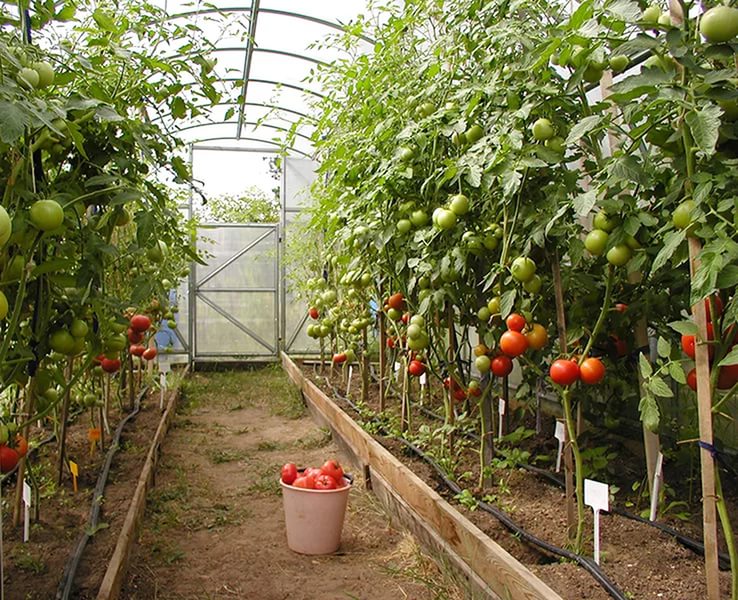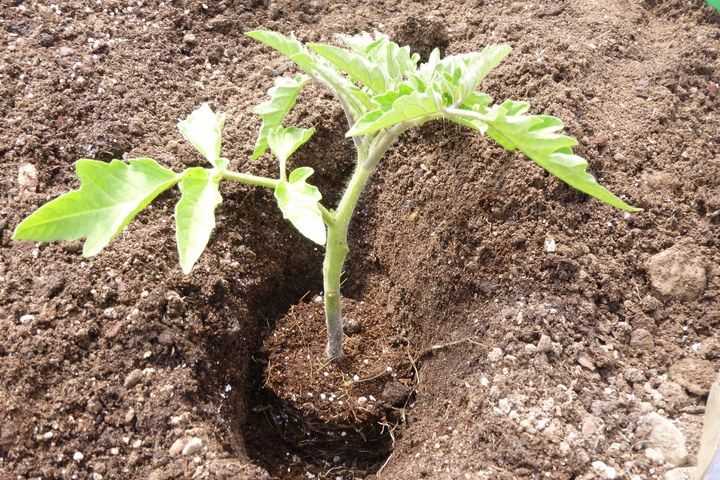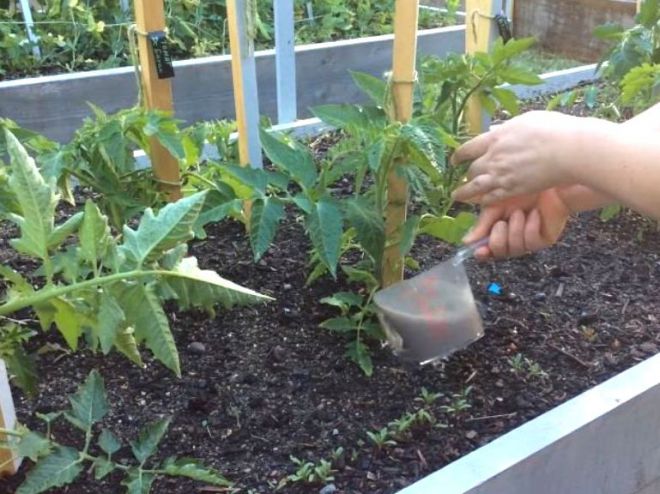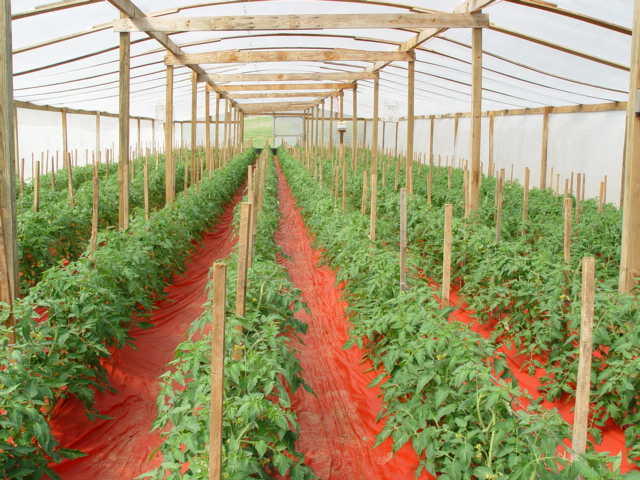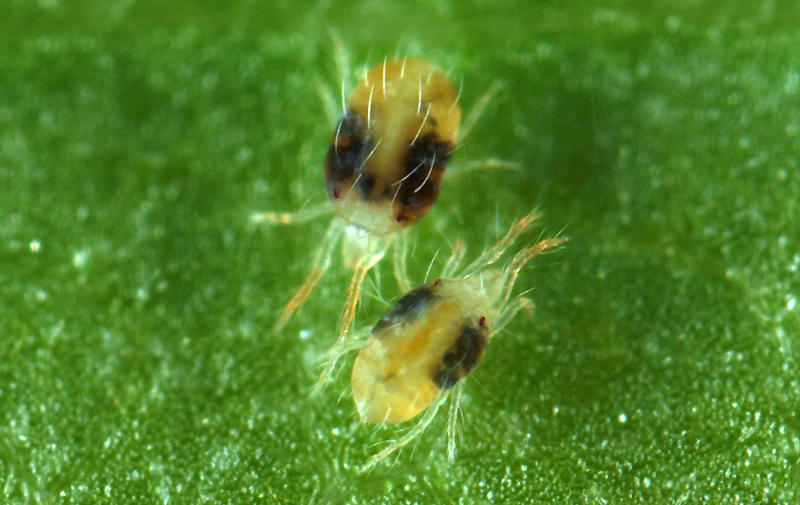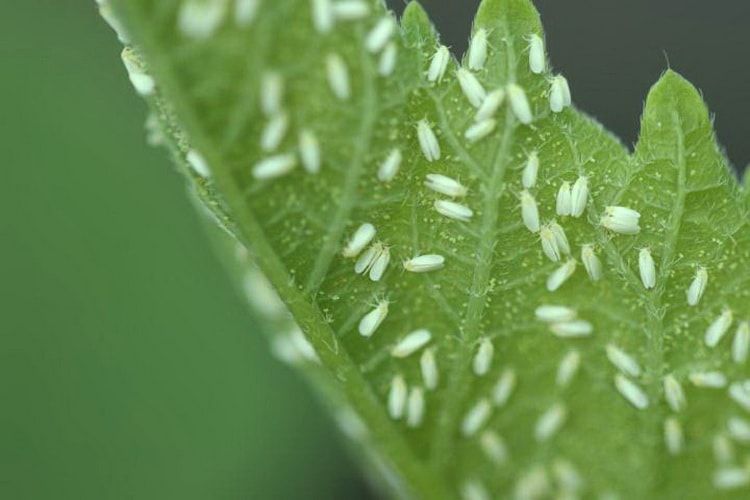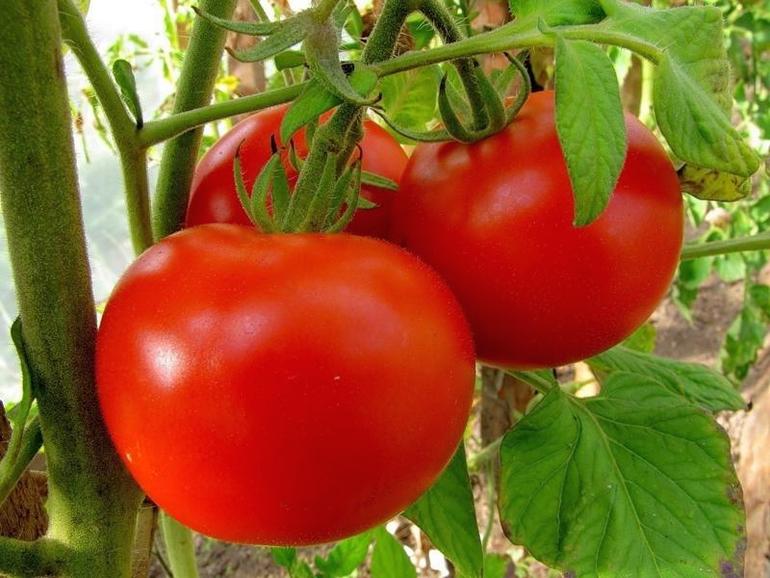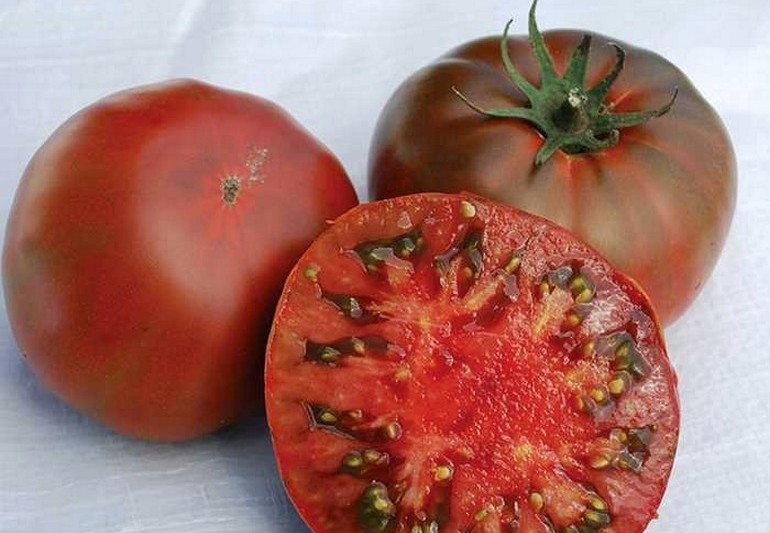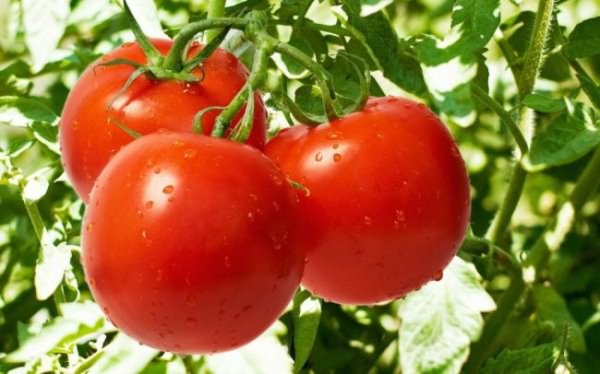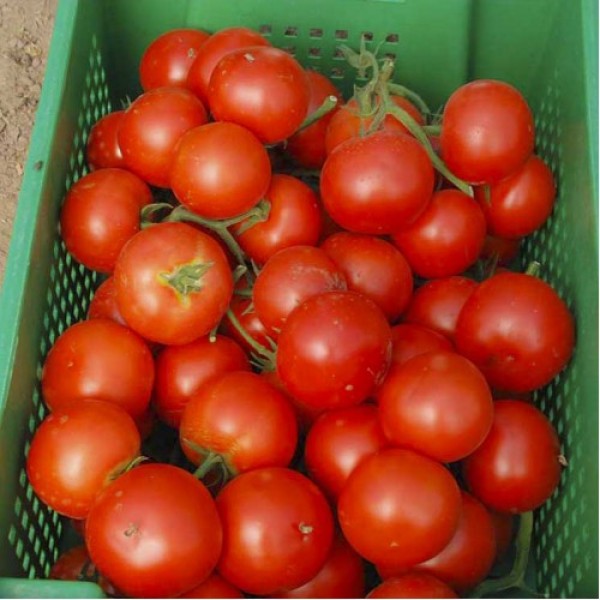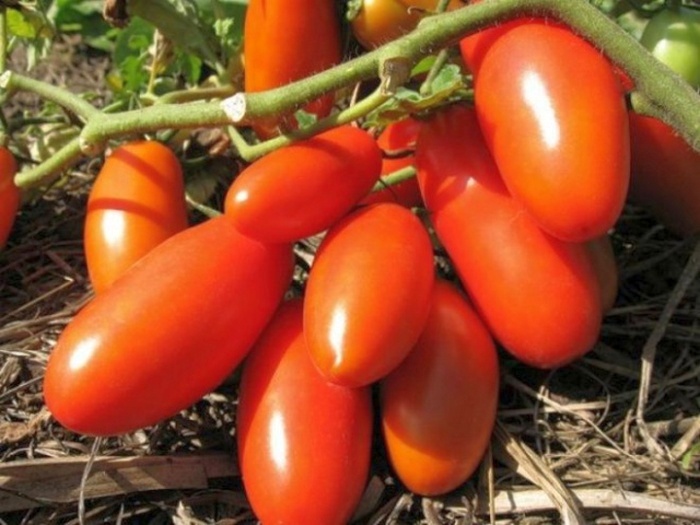Content:
Tomatoes are one of the main vegetable crops grown in Russia. The historical homeland of tomatoes is Peru. This vegetable migrated to Europe under the guise of an ornamental plant. Moreover, for a long time it was considered poisonous. The first mention of the tomato as a food product dates back to the end of the 17th century. This culture came to Russia in the 18th century. Due to the fact that the fruits did not have time to ripen, the plant was also considered an exotic shrub for a long time. This continued until the agronomist Andrei Timofeevich Bolotov invented a seedling method of growing and ripening fruits after being removed from the bush.
Tomato Nastenka is an achievement of Siberian breeders: M.A. Kotelnikova. and Kondakova S.N. For the first time the variety was bred in 2008, after many years of trials and experiments, it gained recognition in many regions of Russia. In 2012, the variety was included in the Register of Breeding Achievements. This variety is produced by Altai Seeds.
Variety characteristics
When breeding tomatoes of the Nastenka variety, Russian breeders paid special attention to resistance to frost and temperature fluctuations. As a result, the variety shows high yields both in the northern regions and in the south. The only difference is that in the southern regions tomatoes can be grown outdoors, while in Siberia, the Far East and the Northwest, growing in a greenhouse would be ideal.
Characteristics and description of the tomato variety Nastenka:
- An upright bush, 60-90 cm high, does not need additional support;
- Fruiting begins 3-3.5 months after germination. This indicator allows Nastenka's tomatoes to be classified as medium early varieties;
- The root system does not grow much, so the bushes can be planted closer to each other;
- Determinate bush, 12 inflorescences. This means that the plant forms a certain number of inflorescences, after which it stops growing;
- The leaves are bright green, miniature, grow very densely on the branches;
- The shape of the fruit is oval with an oblong tip. Deep red color;
- Tomato Anastasia is equally well suited for canning and eating fresh, as it has a sweet taste and juicy pulp;
- Weight of 1 fruit - no more than 200 g, especially large samples weigh 300 g;
- Under average conditions, up to 5 kg / m2 can be collected. In a good climate or with careful care, yields can reach 12 kg / m2;
- The variety is self-pollinated, therefore it is completely suitable for growing in protected ground (greenhouse, greenhouse).
Growing features
Planting in open ground occurs in seedlings. Seeds are laid in boxes with soil in early March. If it is possible to get an early harvest (relevant for the southern regions), seedlings can be sown in the second decade of February. In this case, additional lighting with lamps must be provided.
Nastya tomatoes have one hundred percent germination, so beginners can easily cope with the procedure for growing seedlings.The first week before the emergence of shoots, it is necessary to provide abundant watering, but when the stalk first appears, it is reduced, otherwise the plants will get sick or even die.
When 3 true leaves appear, the seedlings are divided into separate containers and sent to the shade for several days. This variety is very fond of feeding. Therefore, during the seedling period, it is necessary to ensure the timely introduction of mineral fertilizers in compliance with the dosages indicated on the package.
10 days before planting in open ground, you need to harden the plants: take them out to a loggia or an open veranda for a couple of hours. The hardening interval can be increased every day. In good weather conditions, seedlings can be left in the fresh air around the clock.
Description of agrotechnics for growing tomatoes Nastenka:
- The term for planting seedlings in the ground is 2-3 ten days of May. Before disembarking, you need to make sure that there is no chance of frost;
- For disembarkation, you do not need to harvest pegs and garters. It is worth paying attention to the choice of a place when planting is carried out in the open field. The site should be on the sunny side, protected from drafts. Also, do not choose a damp place with a close occurrence of groundwater;
- The holes are arranged in a staggered manner. To avoid thickening between branches, planting density should be 5 bushes per 1 m2. The distance between the holes is 40-50 cm, the depth of the holes is 20 cm;
- The bottom of the hole can be laid out with a thin layer of mineral fertilizers. The plant must be installed in the center along with an earthen lump from a container for growing seedlings;
- During the fruiting period, special attention should be paid to watering, loosening and removing weeds:
- A week after planting, the tomatoes are watered 2 times a week with warm, settled water, without flooding the roots and stem. Water consumption - 2 l / bush. With the onset of flowering, water consumption is doubled. From the moment the first fruits are formed, watering should be reduced to 1 time in 4 days with a water consumption of 3 l / bush. During the ripening period, watering is reduced to a minimum (no more than 1 time per week). The peculiarity of the "Nastenka" variety is that with excessive watering during ripening, the fruits crack;
- Top dressing. Phosphorus has a beneficial effect on the development of the root system. Potassium increases resistance to disease and improves the palatability of the fruit. Mineral fertilizers can be replaced with ash.
- Loosening is very important during a period of active growth. It is combined with the removal of weeds and lower leaves. These measures improve soil aeration, reduce the risk of plant infection and root rot from excessive moisture, increase plant growth and development;
- In harsh climates, mulching of the soil is imperative to protect the roots from freezing. Straw is best suited for these purposes.
Description of tomato diseases Nastena
In case of non-observance of the cultivation culture or lack of proper care, Nastenka's tomatoes are attacked by insects, as well as viral and fungal diseases.
This insect sucks juice from the leaves, as a result of which small dots appear on them, and over time, the leaf dries out completely and falls off. It is very simple to determine the presence of a tick: a thin web appears on fruits, leaves and trunks. The best way to deal with this pest is a solution of laundry soap in a 1: 5 ratio. A sponge dipped in a solution is used to wipe the infected parts of the plant. In case of massive damage, the solution is applied using a spray bottle. The procedure can be repeated several times. In order to combat the tick, it is important to timely destroy weeds and infected branches. Of the chemicals, Aktara and Fitoverm show the best results.
Whitefly ranks second in damage caused. This is the aphid that lays eggs on the back of the leaf. It feeds on plant sap, as a result of which the leaves turn yellow and curl. Large lesions result in the death of the entire plant.Glue traps are effective against adults. You can make them yourself from cardboard and long-drying glue, or buy ready-made ones, for example, from Bona Forte. It is better to use insecticides against larvae: Karbofos, Fufanon. The disadvantage of chemicals is that after 3 treatments, insects develop immunity to them. Therefore, to achieve positive results, drugs must be constantly alternated. Whitefly is dangerous because it is a carrier of viruses. Even despite the fact that the Nastenka variety is resistant to late blight and tobacco mosaic virus, violation of the rules of care and whitefly colonies can provoke their appearance. To avoid such a situation, you need to organize proper care of the plant and constantly inspect its parts for lesions. As a preventive measure, fungicidal treatments can be carried out.
Among non-infectious diseases, Nastenka's tomatoes suffer from cracking. This problem is caused by over-watering, so the treatment is to regulate the water regime.
Advantages and disadvantages of the variety
| Strengths | Weak sides |
|---|---|
| High-yielding variety | Growing seedlings requires skill and effort |
| Versatility of use - fruits are good for canning and salads | Capriciousness in relation to mineral dressings |
| High safety | Watering regulation, depending on the growth phase |
| Rapid maturation | |
| High level of adaptation to any climatic zone | |
| Same yields in the open field and in the greenhouse | |
| Resistance to common diseases |
The Nastenka variety requires compliance with certain growing conditions. At the same time, tomatoes respond gratefully to proper care and give a bountiful harvest, regardless of the region of cultivation.
Video
